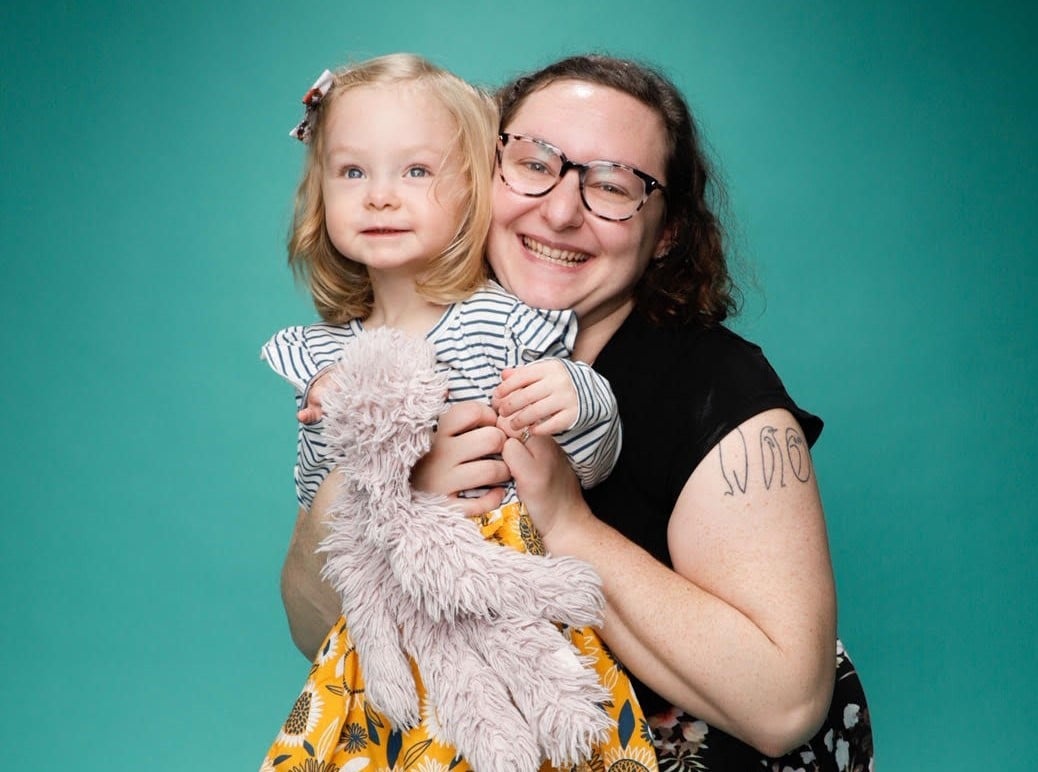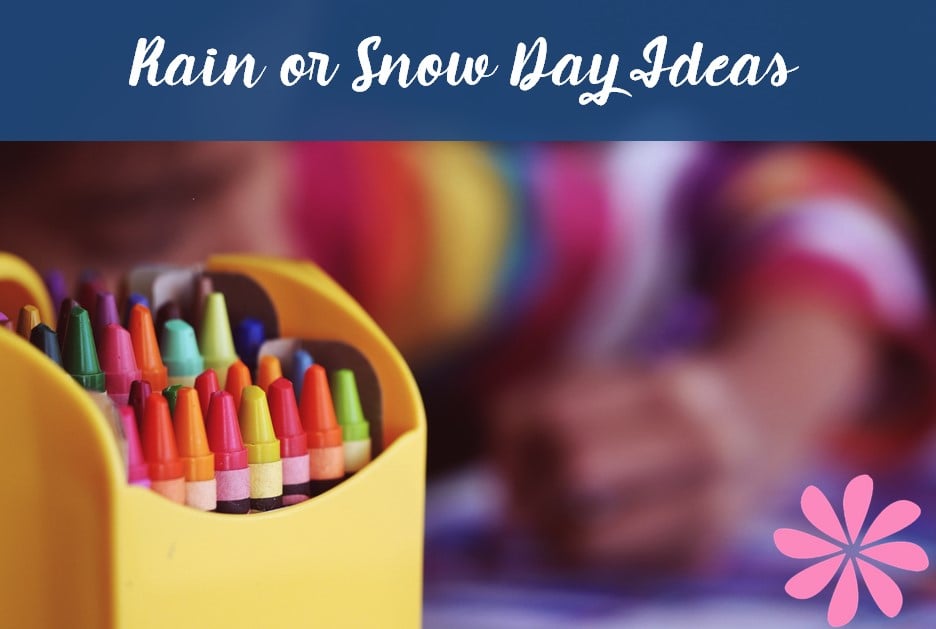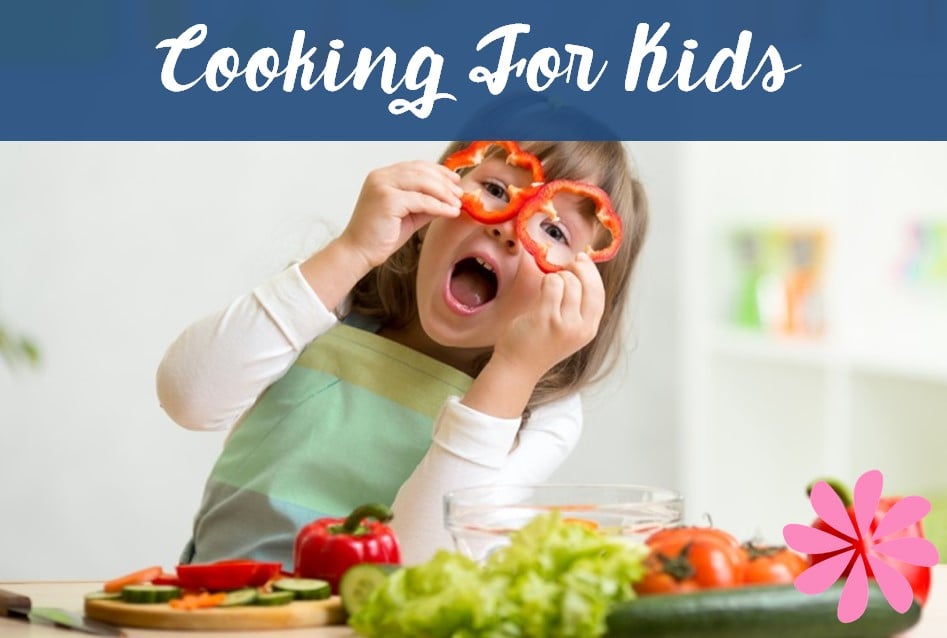Children love to be involved in the creation process when it’s time for a new batch of playdough. Making your own is cheaper, you know exactly what’s in it, and it usually lasts for a couple of weeks if you store it in the fridge in an airtight container. Make sure to use hot water, as it will really meld the ingredients together and make a long-lasting dough.
All you need is:
2 cups white flour
2 tablespoons vegetable/baby/coconut oil
½ cup salt
2 tbsp cream of tartar
1 - 1½ cups of boiling water
A few drops of food coloring or liquid watercolor
Optional - add a scent (cinnamon, lemon extract, vanilla extract, cocoa powder, etc.)
To make your playdough, combine the flour, oil, salt, and cream of tartar in a large bowl (with optional extracts or scents, too). Add your food coloring or liquid watercolor to the boiling water before you start adding it to the dry ingredients. Slowly pour in the boiling water and mix vigorously to form a ball of dough. If you end up adding too much water, just add more flour to balance it out. Take the ball of dough out of the bowl and knead on a lightly floured surface. Keep kneading until all of the sticky/tackiness is gone. That’s it! You have homemade playdough that will last you for quite some time.
What can you add to the playdough to keep your children engaged? One idea is to take out some strands of dry spaghetti to poke into the dough and then add some cheerios to bead with. This activity promotes hand-eye coordination, dexterity, and counting skills. Or, if your child is just starting to learn how to use scissors, cutting playdough is a great way to build up hand strength and fine motor coordination. You could also create two colors of playdough, red and yellow for example, and have your child squish them together to make orange!
What developmental skills is your child learning through making and playing with playdough? First, cooking projects incorporate math, science, pre-literacy, and language development. Using measuring cups and counting the amount needed to give children practical applications of math. Science comes in many forms, such as watching as solids and liquids combine to form a completely new substance! Young children are developing language as you use terms such as “mix, stir, knead, roll, pat, etc.” and older children can still learn new words like, “combine, incorporate, smooth.” Language development also occurs as your child develops stories and scenarios while playing with the playdough. Also, if you create a visual ingredient list, children will be learning how to read and utilize a recipe and will be following steps to reach a goal.

Rachel McMinn is an early childhood educator at Buckle My School Preschool in Tribeca, who has taught the young 2-year-olds for almost ten years. She holds a Masters in Early Childhood Education from Hunter College and a Writing degree from Pratt Institute. She lives in Brooklyn with her infant daughter, post-production & screenwriting husband, and two attention-seeking cats.
Buckle My Shoe | Facebook | Instagram
Related articles:
 |  |  |
Macaroni KID Lower Manhattan is the family fun go-to source for the latest and most comprehensive information in our area. Subscribe for FREE today.


